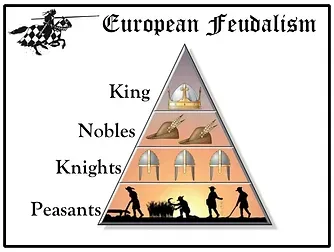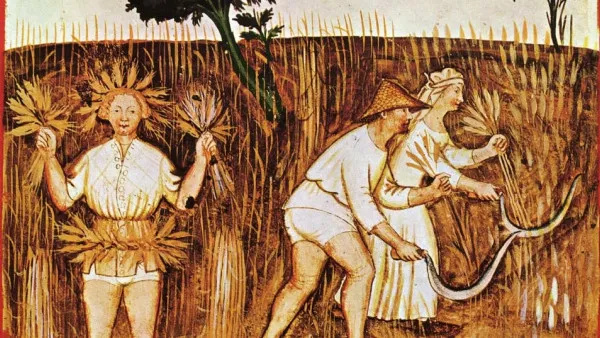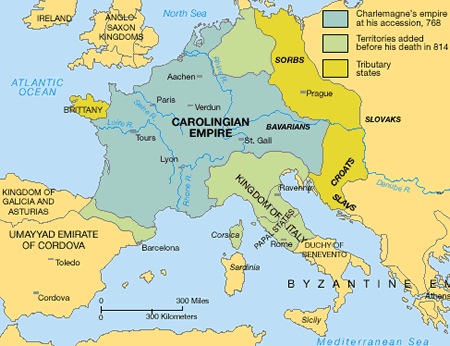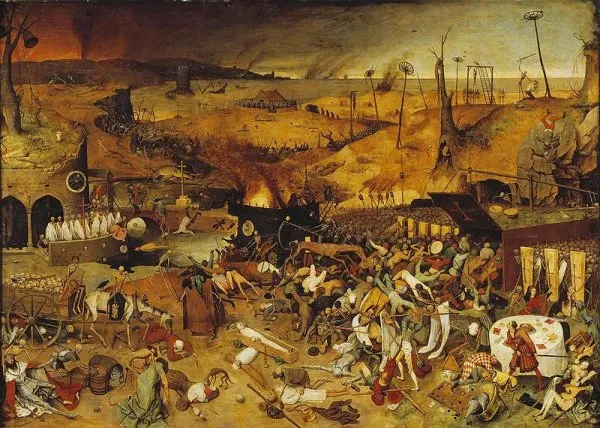
Feudalism is an important part of the history of social organizations in the West. As such, these organizations are made up of political and economic elements that are complex and closely related to the social structure. That is, there is a hierarchy where one or more modes of production are related to social superstructures such as politics or the State.
In the case of the feudal system, what is at the bottom is the intention to ensure the survival of the warrior caste. For this, it will be the peasants or servants who will defray the expenses of those who fight. In medieval Europe, the latter occurs through a stately system that organizes a complex network of loyalties and obligations in a chain of production, whose highest link is the crown and the lowest the serf.
In this article we will see what is feudalism, what are its antecedents and development, as well as some of the main characteristics.
What is feudalism?
Feudalism is the social system that dominated Western Europe and its colonies during the Middle Ages, specifically from the eighth to the fifteenth century, and was expanded by the Carolingian dynasty.
Broadly speaking, his organization consists of the following: in exchange for the oath of allegiance and military service, the king gives a part of land to a vassal, who is part of the nobility.
Without having the right to own property and without committing to inherit this land, the vassals acquire the possibility of using and managing it. This contractual relationship is known as "vassalage" and the tribute that is given in exchange for the right to land is called "feudal tenure." The person in charge of managing this tenure and representing feudal relations is called "tenente".
The territory in question is worked by the peasants (called serfs), who were forced to live on the same land and paid homage to the owner by providing a part of the product worked. They received in return the promise of military protection.

The Carolingian dynasty.
It was the representative of the Carolingian dynasty, Carlos Martel, who at the end of the eighth century gave his nobles some rights over the land, so that he could secure the necessary income to support the army.
In exchange for this, the noble or vassal would have to pay tribute and gratitude. This exchange is called "fiefdom", and the owner "feudal lord". This allows the development of a relationship between the lord and the vassal, as well as the expansion of the feudal pyramid.
Feudalism finally settled in the tenth century, while the aristocracy is in close relationship with Christianity. In this context the pope has special powers and privileges as God's representative on earth, and it is precisely the papacy who at the end of the 12th century has the greatest number of feudal vassals.

Crisis and decline.
Over the centuries, feudalism became an abusive, rigid and very complex system. Its original structure, which used to generate a chain of loyalties and personal relationships, begins to become a centralized monarchy.
Among other things, feuds begin to be inherited, which causes the links between vassal and lord to be lost. Religious institutions and the high clergy take administrative, economic and military power; the kings use the feudal organization to stay at the top of the pyramid.
In addition, military protection that was previously granted begins to be replaced by monetary exchange; which opened the door to commerce. The development of infantry weapons and agricultural techniques made it impossible to establish relations based on war, and allowed to establish relationships more based on economic development.
Finally feudalism as a social, political and economic system decays from armed conflicts such as the crusades; and health conflicts such as the appearance of serious diseases such as pests. This was compounded by the erosion of the cultivated land, along with the increase in the possibilities of leasing land that gave more independence to the peasantry, as well as the opening of new routes that generate migration and population growth.
